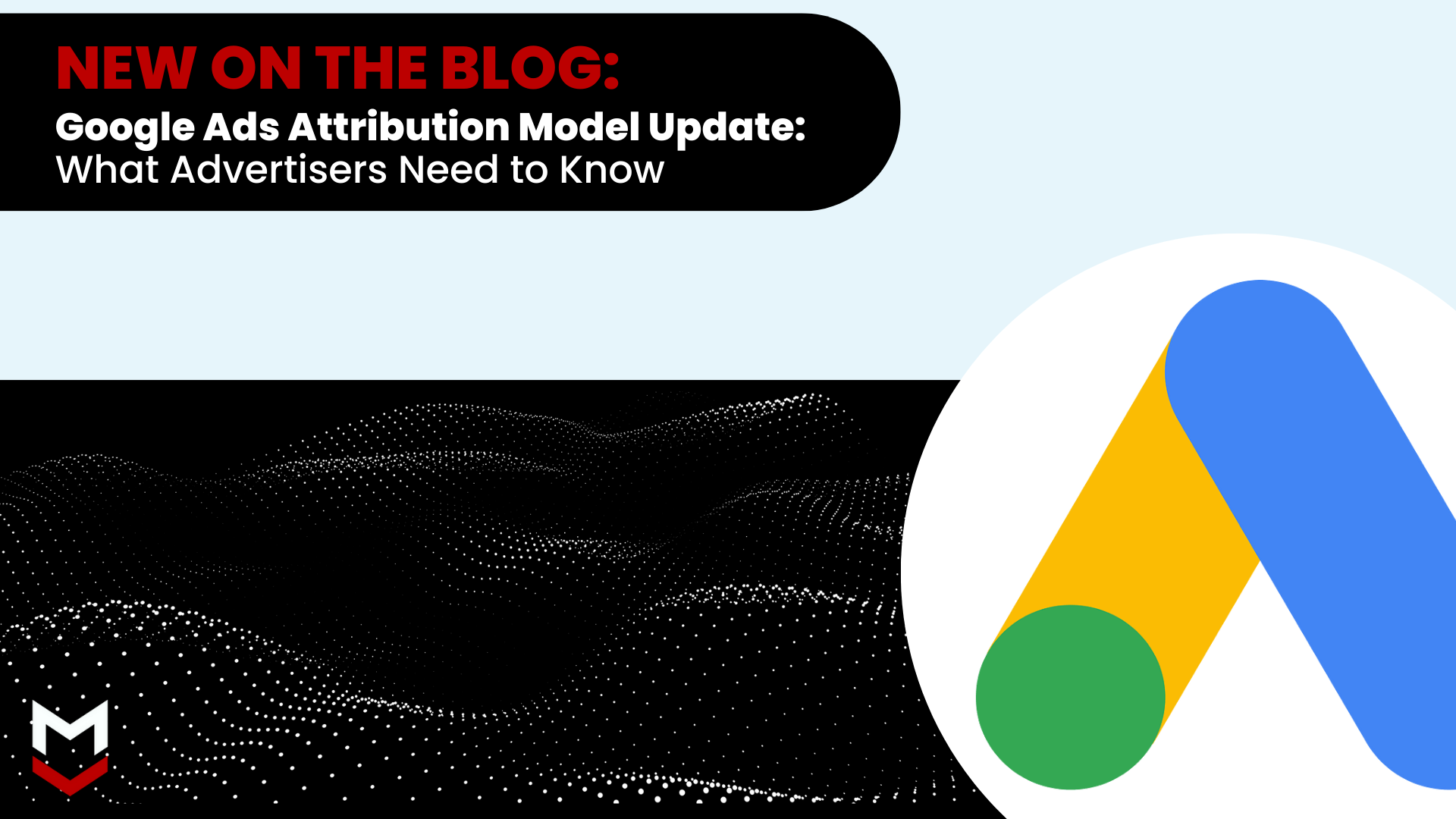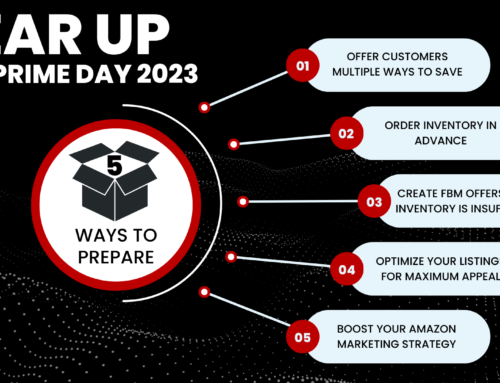In a recent announcement, Google revealed significant updates to its attribution models for Google Ads. These changes took effect in May 2023 and will streamline and simplify measurement by phasing out four attribution models: First click, Linear, Time decay, and Position-based. This blog post will summarize these changes and provide essential insights on what advertisers need to do to navigate the new landscape successfully.
Understanding the Google Ads Attribution Updates
The four deprecated attribution models – First click, Linear, Time decay, and Position-based – will no longer be available for new conversion actions in Google Analytics 4 properties from May 2023 and in Google Ads accounts from June 2023. By September 2023, these models will be entirely phased out in both Google Ads and Google Analytics.
Key Dates for Google Ads Attribution Model Updates
May 2023:
The attribution models (First click, Linear, Time decay, Position-based) will be unavailable for new conversion actions in Google Analytics 4 properties.
June 2023:
The attribution models (First click, Linear, Time decay, Position-based) will be unavailable for new conversion actions in Google Ads accounts.
September 2023:
The four deprecated attribution models will be fully sunset in both Google Ads and Google Analytics 4.
What Advertisers Need to Do
- Take immediate action for accounts using deprecated models: Advertisers currently utilizing any of the four attribution models being sunset should prepare to take action promptly. This involves identifying conversion actions relying on these models and understanding the implications of the change.
- Conversion actions will automatically switch to data-driven attribution: Google confirmed that any conversion action using the deprecated models will automatically convert to the data-driven attribution model. This transition aims to leverage automated bidding effectively.
- Consider the ‘last click’ attribution model: Advertisers have the option to manually select the ‘last click’ attribution model for each conversion action. However, this change must be made individually for each action.
- Evaluate campaign performance and adapt strategies: It is crucial to assess how these changes will impact campaign performance and adjust strategies accordingly. Top-of-funnel campaigns, previously utilizing the first-click model, may require a reevaluation to align with the new attribution model.
- Leverage the Model Comparison tool: Google provides a Model Comparison tool that can help identify measurement changes and facilitate strategic shifts. This tool can assist advertisers in understanding the impact of the updated attribution models on their campaigns.
Conclusion
Google’s update to its attribution models in Google Ads brings changes that aim to consolidate and simplify measurement. Advertisers must be prepared for these updates and take necessary actions to adapt their strategies effectively. As the deprecated models are phased out, conversion actions will automatically switch to the data-driven attribution model. Advertisers can manually select the ‘last click’ model for individual actions if desired. By assessing campaign performance, leveraging tools like the Model Comparison tool, and having internal conversations, advertisers can stay ahead of the game and optimize their Google Ads campaigns in the evolving landscape of attribution models.
Remember, staying informed and keeping up with the latest changes is crucial for successful advertising on Google Ads. Stay tuned to Google’s official documentation and seek support to ensure you have the most accurate and up-to-date information on these updates.






